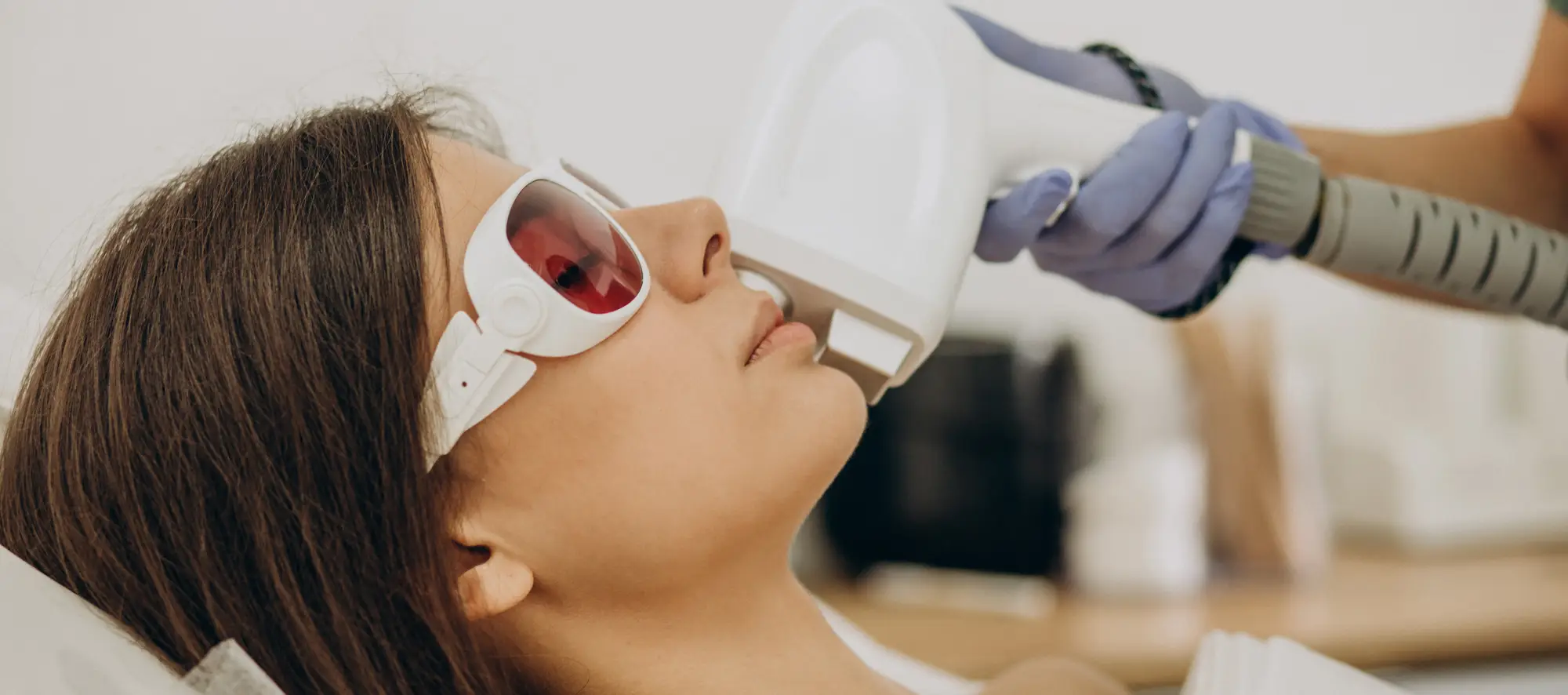There are various cataract surgery techniques, each with its own approach to removing the cloudy lens and implanting the intraocular lens. The principal types of cataract surgery include:
Phacoemulsification (phaco cataract surgery): This method involves using an ultrasonic handpiece to emulsify and remove the cataract that has developed within the eye's internal lens. After cataract removal, an artificial IOL is positioned within the lens capsule, the location of the natural lens. This technique minimizes incision size, reducing recovery time and the risk of surgery-induced astigmatism. It is best suited for soft cataracts.
Extracapsular Cataract Extraction (ECCE): Though less common today, ECCE involves making a larger incision in the cornea or the white part of the eye (sclera) to remove the cataract in one piece. This approach is preferred in cases where phacoemulsification may not be suitable, such as advanced cataracts or when additional procedures are required.
Laser-Assisted Cataract Eye Surgery (LACS): This technique employs a laser to perform precise incisions in the cornea, open the lens capsule, and fragment the cataract. It enhances precision and reduces the need for specific instruments during surgery.
Femtosecond Laser-Assisted Cataract Surgery (FLACS): A subtype of laser cataract surgery, FLACS employs a femtosecond laser to create corneal incisions, open the lens capsule, and fragment the cataract. It aims to improve precision and replaces many steps requiring a blade during traditional surgery.
Microincision Cataract Surgery (MICS): This minimally invasive procedure employs a tiny incision, usually less than 1.8 mm in size, and is ideal for patients with small or dense cataracts. It results in minimal trauma, scarring, and a shorter recovery period.
Small Incision Cataract Surgery (SICS): This advanced variation of ECCE is considered safe and effective for cataract removal.
The choice of cataract surgery technique depends on factors like cataract severity, characteristics, surgeon expertise, and the patient's eye health. Your physician will assess your specific case and recommend the most suitable approach.
WHO IS THE RIGHT CANDIDATE FOR CATARACT SURGERY?
Visual Symptoms: Surgery may be recommended when cataracts significantly affect vision, impeding daily activities and cannot be corrected with glasses or contact lenses.
Impact on Daily Life: If cataracts hinder essential activities such as driving, reading, or working, and negatively impact quality of life and independence, surgery may be considered.
Overall Eye Health: The overall health of the eye is evaluated to ensure that cataract surgery is appropriate, considering any coexisting eye conditions.
Cataract Progression: The rate of cataract progression is considered; rapid progression with significant vision impairment may warrant earlier surgery, while slower progression may delay the procedure until greater visual impairment occurs.

